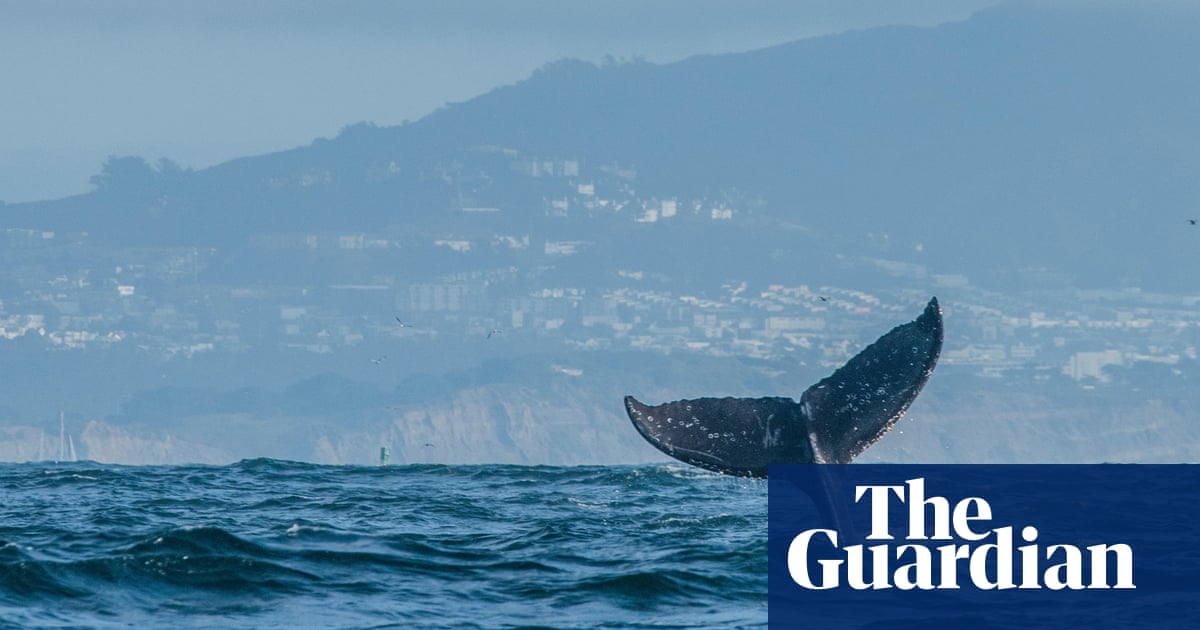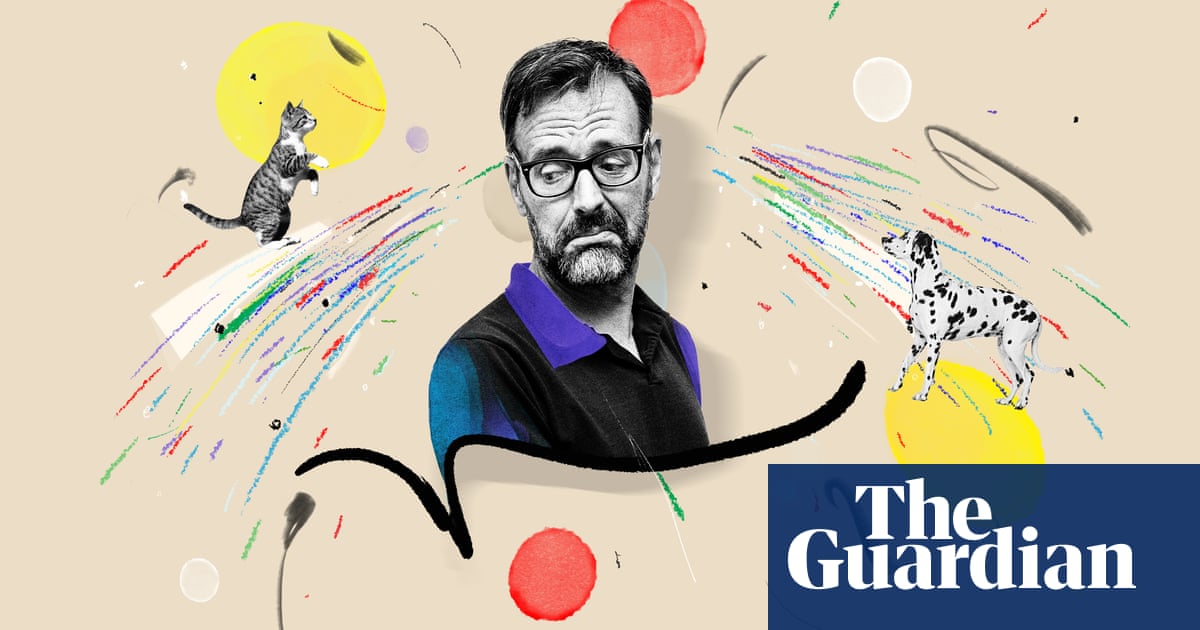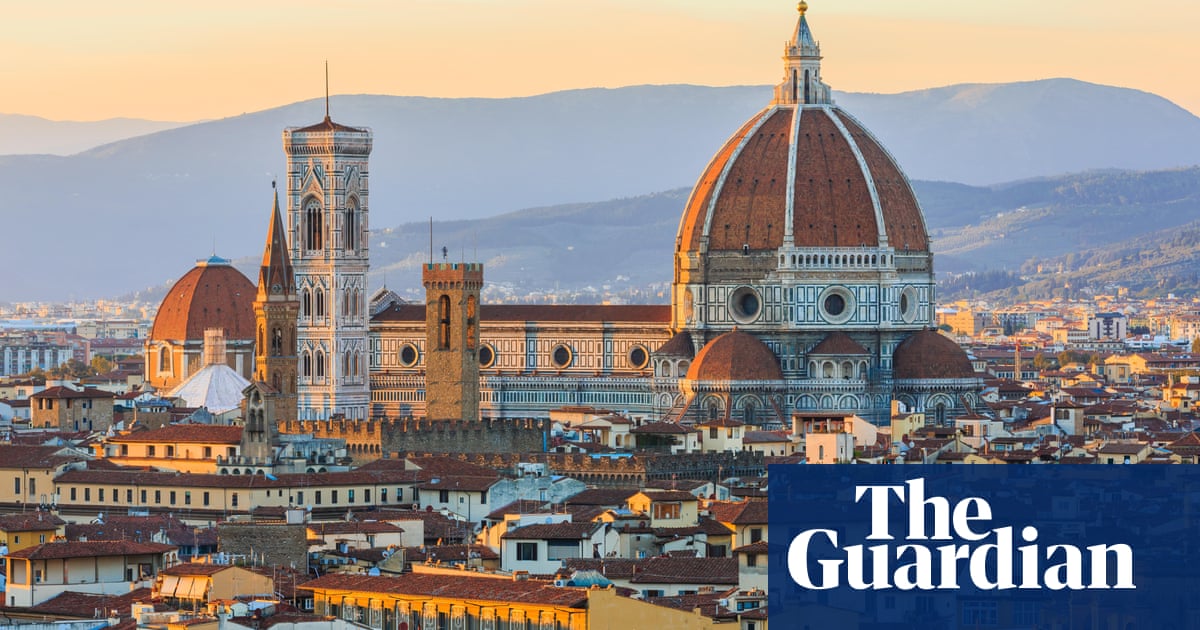In 2010, the year he turned 80, the artist Daniel Spoerri returned to Romania, the country he had left at the age of 12. Among his many discoveries was the local custom of picnicking in cemeteries. “Romanians eat with their dead,” Spoerri remarked in a 2015 biopic, gazing at a photograph he had brought back from his visit of a dining table next to a grave.
The image might have been of one of his own works. In 1983, Spoerri had organised an al fresco dinner for 120 guests in a town outside Paris. As they ate, a nearby crane dug a trench the same size as the dining table. Halfway through the meal, diners were asked to remove their place settings – plates, glass and cutlery – and lower them into the 40-metre ditch, which was then filled in with earth. The performance was called Le Déjeuner sous l’Herbe, a play on the title of the famous Manet painting.

This was the latest in a mode of work described as “eat art” by Spoerri, who has died aged 94. In 1968, in Düsseldorf, he had opened the Restaurant Spoerri, serving up such exotica as grilled ant omelettes and python cutlets. An exhibition space was added to this two years later. All the works in the Eat Art Galerie were to be edible: among the artists who showed there during its four-year life were Joseph Beuys and Roy Lichtenstein.
In Spoerri’s telling, the defining instincts of mankind were reproduction and nutrition. Sex being well served iconographically in art, he decided to concentrate his work on food. “It’s stupid,” he said, “but survival means eating and eating means cuisine.”

This idea had come to him as a young man working in Paris among future members of the post-dadaist fluxus movement. In 1961, Spoerri made the first of what would be his most famous group of works, known as tableaux pièges, or snare-pictures. Entitled Le Petit Déjeuner de Kichka, it consisted of the leftovers of his then girlfriend’s breakfast, glued to the table and chair on which it had been served, turned vertically and hung from a wall. The work is now in the collection of the Museum of Modern Art in New York, as is Spoerri’s Taboo Catalogue of the same year, a loaf of bread baked with dust, nails and broken glass in it. “Instead of putting bread in the garbage, I decided to put garbage in bread,” the artist recalled, adding, “It smelled delicious at the opening, but you couldn’t eat it.”
If all this sounded cheerily madcap, Spoerri’s work was underpinned by a profound fascination with parallel ideas of taste in food and art, as also between literal and metaphorical consumption. In 1960, the young Romanian had been one of the original signatories of the French group known as the nouveaux réalistes, whose aim had been to blur the gap between art and life. Making work – paintings, sculpture, performance – that did not merely reproduce food, but consisted of it, squared a moral circle. “Making an artwork out of life itself appears to me to be the most delicious way to employ one’s time,” Spoerri said.
Eat art also had a biographical resonance for him. When he returned to Romania in 2010, it was to try to discover the fate of his father. Spoerri had been born Daniel Feinstein, the oldest of six children of Isaac Feinstein and his Swiss Protestant wife, Lydia (nee Spoerri), a schoolteacher, in Galaţi, in the historical region of western Moldavia. Isaac, a Romanian Jew who had converted to Lutheranism, worked as a Christian missionary. This did not save him when, in 1941, the Romanian fascist organisation the Iron Guard whipped up a pogrom that killed 13,000 Jews around the Feinsteins’ home town of Iași.
Isaac was taken away, and assumed killed. Desperate to get her six children home to Switzerland, Lydia had to bribe a local doctor to produce a death certificate for her murdered husband after local authorities refused to acknowledge what had happened and issue official paperwork.
“They told the truth by lying,” Spoerri would later say.
It took Lydia a year to get all the paperwork together, during which time, as the son of a Jew unable to go to the local school, the 12-year-old Daniel ran wild. It was then that he learned to cook, his first dish being a pilaf with ground beef and raisins. In retrospect, the instinct to nourish seemed like a corrective to death. It was only on his 2010 visit to Iași that Spoerri discovered exactly what had happened to his father – that he had been left to suffocate with other Jews in a railway carriage, then dumped in a trench by the train tracks, like the one dug for Dejeuner sous l’Herbe.
Finally reaching Zurich in late 1942, he was adopted by his maternal uncle, Theophil Spoerri, and took his surname. In the early 1950s, Spoerri studied dance, joining the troupe of the State Opera of Berne before moving to the Landestheater in Darmstadt, West Germany, in 1957.
There he met and married Vera Mertz, daughter of the theatre’s designer. The couple left for Paris, where Spoerri was befriended by surrealist artists such as Marcel Duchamp and Man Ray. With the encouragement of these, he set up Edition MAT (Multiplication d’Art Transformable), producing multiples of artworks by famous artists affordable to the average buyer. The three MAT collections published between 1959 and 1965 included pieces by Duchamp, Josef Albers and Lichtenstein.
In the early 1990s, Spoerri bought a 16-hectare estate in Italy, south of Siena. This he turned into a sculpture garden called Il Giardino di Daniel Spoerri, filled with re-creations in bronze of his own snare-pictures as well as works by artist friends such as Nam June Paik and Jean Tinguely. By nature itinerant, Spoerri spent 30 years teaching in various European cities before finally settling in Vienna in 2007.
The following year, he donated two buildings to the city to be used jointly as galleries and eating places. Austria repaid the gesture, devoting a museum in Hadersdorf am Kamp called the Ausstellungshaus Spoerri to his work. For all that, Spoerri remained troubled by his adoptive country’s past, and its increasingly rightwing present. Recalling what had happened in the half-Jewish town of his Romanian childhood, he mused: “I wonder sometimes, here in Austria, that if half the population of a town was Turkish, they couldn’t also have a pogrom.”
Spoerri and Mertz (now Mercer) were divorced in the 1980s.

 2 months ago
43
2 months ago
43













































